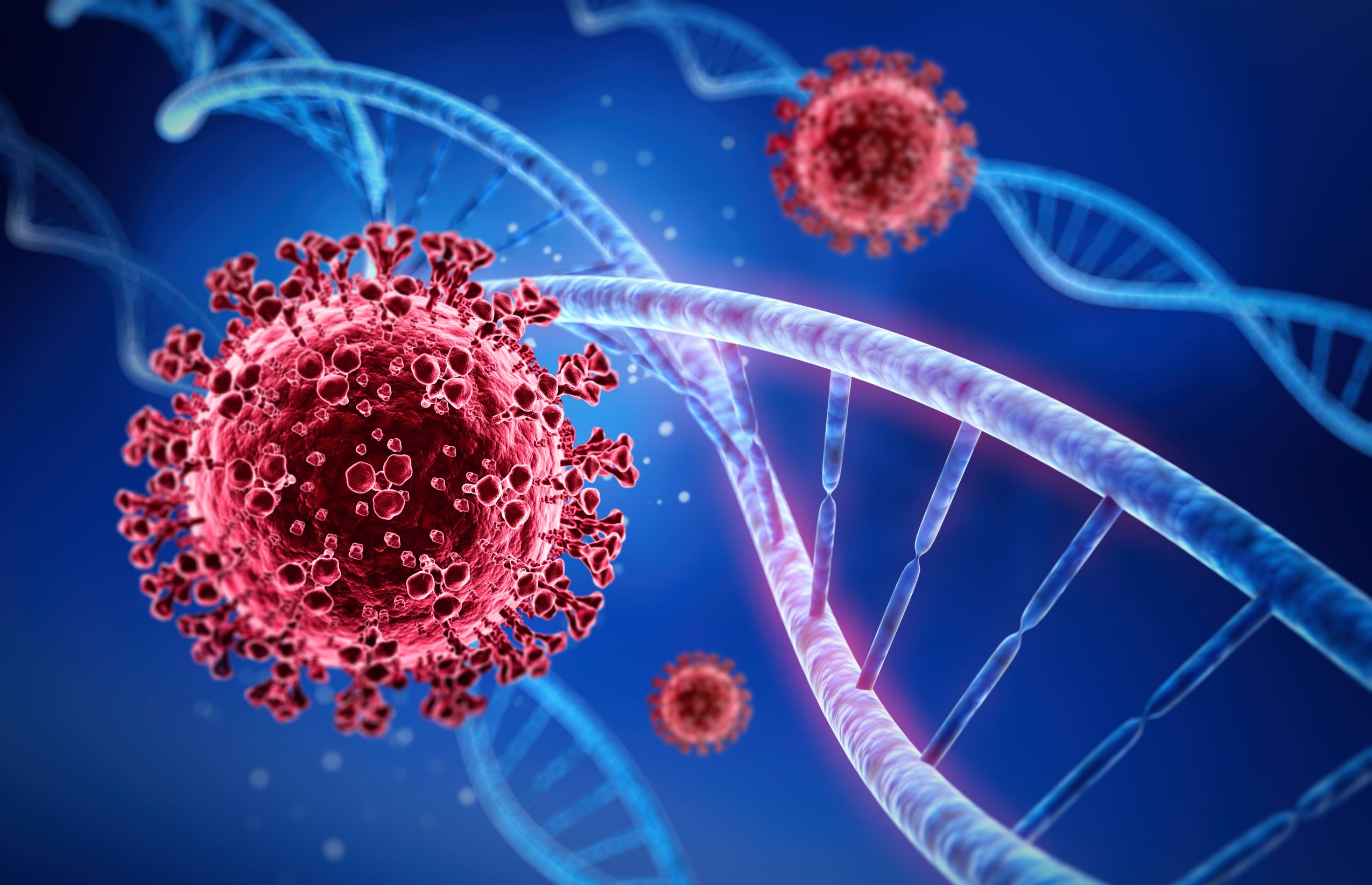Newfound flavor of omicron variant may be harder to track
The omicron lineage has been split in two.

Scientists have identified an additional version of the omicron coronavirus variant, one that carries many of the same mutations as the original but lacks one key genetic quirk, The Guardian reported. That quirk makes it easy for standard PCR tests to distinguish new cases of omicron from delta or other variants, so the newfound version of omicron might be harder to spot.
Researchers have now proposed splitting the omicron lineage, known as B.1.1.529, into two sublineages: BA.1, for the version of omicron that was initially identified, and B.2, for the newfound version. The split was suggested and implemented within the last few days on Cov-Lineages, an online system used to document SARS-CoV-2 lineages and their spread.
"There are two lineages within Omicron, BA.1 and BA.2, that are quite differentiated genetically," Francois Balloux, the director of the University College London Genetics Institute, told The Guardian. "The two lineages may behave differently," although that has yet to be confirmed.
Related: 20 of the worst epidemics and pandemics in history
One key difference between the two sublineages may make BA.2 slightly harder to track, The Guardian reported.
That's because BA.1 has a "deletion" in the gene that codes for its spike protein, which the virus uses to infect cells. This deletion, called 69-70del for short, eliminates six bases from the overall RNA sequence, which in turn deletes two "building blocks" from the final spike protein, according to the American Society for Microbiology.
PCR tests scan for multiple genes on the coronavirus, including this spike protein gene, but variants with 69-70del won't test positive for the spike. Instead, they cause the PCR test to display an error that reads "S gene target failure." This quirk actually makes the variants with 69-70del, namely omicron and alpha, easier to spot on PCR. After flagging such cases, scientists then run the samples through a full genomic analysis, to confirm which variant caused a given infection.
Sign up for the Live Science daily newsletter now
Get the world’s most fascinating discoveries delivered straight to your inbox.
"The S-gene dropout was critical to get that quick view in many different parts of South Africa," and thus track the spread of the BA.1 sublineage, Sarah Otto, a professor in evolutionary biology at the University of British Columbia, told the Financial Times. But BA.2 does not carry the 69-70del mutation, meaning it won't stand out from other variants on standard PCR tests and scientists may need to look harder to find it.
So far, there have been seven cases of BA.2 reported globally, with the cases appearing in South Africa, Australia and Canada, according to The Guardian.
While there are a number of differences between the two omicron sublineages, there's no immediate reason to think that one will behave differently from the other, David Stuart, a professor of structural biology at Oxford University, told the Financial Times. "I don't think there's any reason to think that the new outlier is any more of a threat than the form of omicron that's knocking around at the moment in the U.K., but it is terribly early," he said.
Read more about the "stealth" omicron lineage in The Guardian and the Financial Times.
Originally published on Live Science.

Nicoletta Lanese is the health channel editor at Live Science and was previously a news editor and staff writer at the site. She holds a graduate certificate in science communication from UC Santa Cruz and degrees in neuroscience and dance from the University of Florida. Her work has appeared in The Scientist, Science News, the Mercury News, Mongabay and Stanford Medicine Magazine, among other outlets. Based in NYC, she also remains heavily involved in dance and performs in local choreographers' work.









